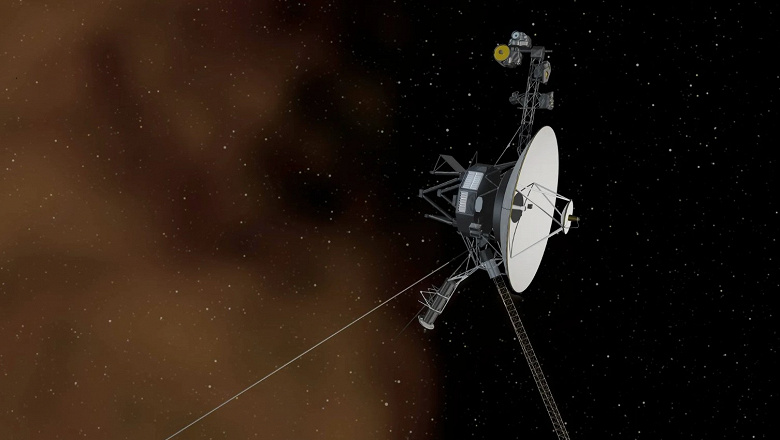Mission engineers are on their way to solving an onboard computer problem on a spacecraft launched 50 years ago
A NASA representative expressed optimism about a solution to the problem that arose on Voyager 1, which has been preventing clear data from being obtained for months.
Joseph Westlake, director of NASA's heliophysics division, said this in his speech on March 20 at a meeting of the National Academies Committee on Solar and Space Physics. He noted that he believes it is possible to find a solution to the problem on this more than 50-year-old spacecraft, which became apparent in November last year.
«I am confident that we are on the way to resolving it»,— he said. “We are going in the right direction, and I think we will be successful in trying to keep things operational and “alive” “Voyager 1”».
The problem was discovered by dispatchers in November, when the transmitted data became “chaotic and incorrect.” Engineers determined that the cause was a malfunction of the built-in computer responsible for collecting data and telemetry on board.
Several factors prevented the problem from being resolved. Voyager 1, launched in 1977, is currently more than 24 billion kilometers from Earth, meaning the signal takes 22.5 hours to travel that distance. Unfortunately, none of the developers of the core program, created in the 1970s, can no longer help, so specialists had to turn to the documentation to identify the problem.
NASA on March 13 announced progress in solving a problem where a team called "poke" was transmitted to Voyager 1, and the spacecraft responded by sending readings from its memory. The agency then said it would compare those readings with those before the problem occurred to determine the cause of the problem.
Westlake said at the committee meeting that the problem was most likely due to damage to the spacecraft's memory block: «It's a problem in one part of the memory, and we're looking at a way to move a few hundred words of software out of the spacecraft. one area to another on the on-board computer». Each word consists of two bytes.
It is not known exactly how long it will take to solve this problem in the software. NASA's latest statement on the matter indicates that using FDS memory analysis to develop and operationalize a potential solution will take «some time».

